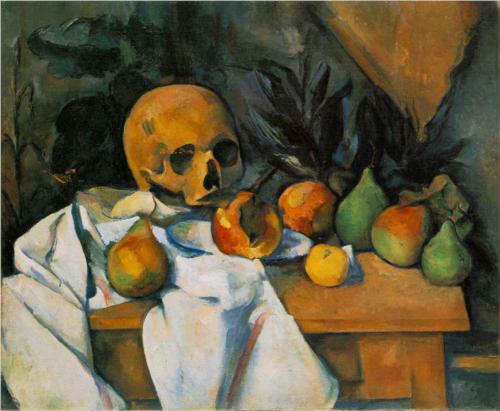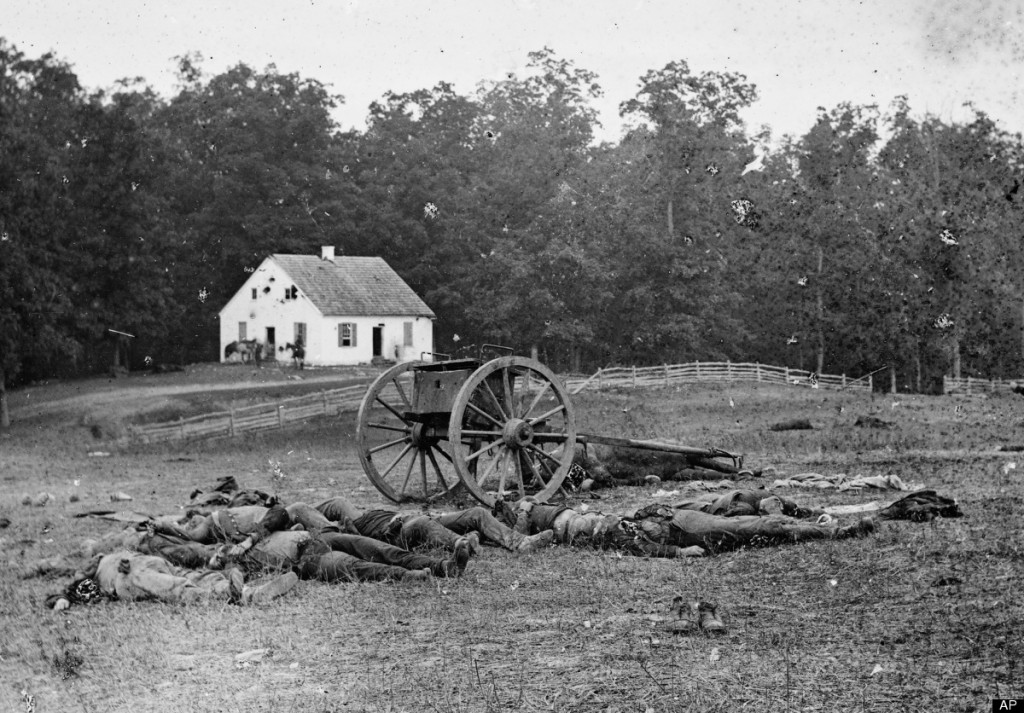All CLEP Humanities Resources
Example Questions
Example Question #31 : Visual Arts
The artist Francisco Goya is from what country?
Brazil
France
Italy
Spain
Argentina
Spain
Francisco Goya is from Spain.
Example Question #2 : Understanding Terminology That Describes Asian 2 D Art

The above image is a woodblock print, meaning it __________.
cannot be moved from the place it was first drawn
can only be shown in a large format
can be enlarged and miniaturized easily
can have its colors easily changed
can be easily replicated in the same form
can be easily replicated in the same form
The woodblock format, popular throughout Asia, is an artistic format that is produced by having a large piece of wood cut into and dyed by the artist. Thereafter, this woodblock can be printed onto canvas or paper, making it extremely easy to duplicate the work of art again and again.
Example Question #1 : Analyzing The Form Of 2 D Visual Art

The composition above is a painting in the genre of __________.
landscape
portrait
still life
nude
history painting
still life
The painter of this work, Paul Cézanne, was particularly noted for his still lifes. The one in this question, "Still Life with Skull," was painted in 1898 and is particularly notable for the inclusion of a skull, a notable feature of Cezanne's later work from the 1890s on. Cézanne's use of broad brushstrokes, layered color, and different perspectives helped create a bridge from impressionism to modern art movements like cubism.
Example Question #6 : Analyzing The Content Of 2 D Visual Art

The above photo is taken from what conflict?
The Napoleonic Wars
The Spanish American War
The Franco-Prussian War
The Mexican American War
The American Civil War
The American Civil War
During the American Civil War, the medium of photography was still relatively new, having only been invented a few decades before the outbreak of war in 1861. The photographer Matthew Brady was the pioneering figure in developing photography throughout the war. By capturing war in the realistic medium of photography, Brady both helped people see war in a different manner and appreciate the possibilities of photography.
Example Question #1 : Analyzing The Content Of 2 D Visual Art
Who was the French artist who spent the last years of his life living in Polynesia and painting its inhabitants?
Paul Gauguin
Édouard Manet
Vincent van Gogh
Paul Cézanne
Henri Matisse
Paul Gauguin
Paul Gauguin was an important Post-Impressionist whose early work experimented with color and symbolism, but Gauguin's work took on a new form after visiting Tahiti in the 1880s. Gauguin began capturing the culture of Polynesia and started using symbols of Polynesia and images of Polynesians themselves in his art. In the 1890s, he permanently moved to the island of Punaauia in French Polynesia, and painted more and more symbolic paintings that played with color and structure.
Example Question #1 : Understanding Terminology That Describes 2 D Visual Art

The above painting is representative of what artistic movement?
Impressionism
Pointilism
Surrealism
Abstract Expressionism
Cubism
Impressionism
This painting, Edgar Degas' "The Dance Lesson," was painted in 1879 and is a classic representation of impressionism. With its visible and broad brush strokes and its detached point of view, this painting features the hallmarks of impressionism, a painting style developed in France in the late nineteenth century. Degas preferred to call his artistic style "realism," because he believed his method of painting captured the realistic emotion of a scene, if not an exact representation of it.
Example Question #1 : Identifying Artists, Works, And Schools Of 2 D Visual Art From The Nineteenth Century
All of the following painters were Impressionists except __________.
Paul Cézanne
Édouard Manet
Pierre-August Renoir
Henri Matisse
Claude Monet
Henri Matisse
Impressionism was a significant artistic movement developed in France during the late nineteenth century that utilized visible brushstrokes, representations of natural light, and everyday scenes. Challenging traditional ideas of art, the movement was initially derided by critics, but proved hugely influential. Its leading artists included Éduouard Manet, Claude Monet, Pierre-Auguste Renoir, and Paul Cézanne. Henri Matisse was a full generation younger than the impressionists, and was highly influenced by them, but helped develop modern art in the early twentieth century.
Example Question #2 : Identifying Artists, Works, And Schools Of 2 D Visual Art
The above work of art is an example of the artistic movement known as __________.
Expressionism
Cubism
Post-Impressionism
Neoclassicism
Realism
Post-Impressionism
This painting, an 1899 self-portrait by Vincent van Gogh, stands firmly in the tradition of post-impressionism. Post-impressionists took many of the elements of the Impressionists of a generation earlier, including visible brushstrokes, emotional concerns, and everyday scenes, and pushed them further. As seen in this work, the paint is extremely thick and textured, with bright, almost unrealistic colors sharpening the image.
Example Question #201 : Renaissance To Contemporary 2 D Art
The Hudson River School was a group of artists known for making what kind of paintings?
Still lifes
Portraits
History paintings
Religious icons
Landscapes
Landscapes
The Hudson River School was a group of painters in the early part of the nineteenth century who gathered in communities along the Hudson River in New York. These artists were heavily inspired by the romantic movement coming out of Europe and painted dramatic landscapes. Prominent members of the Hudson River School were Thomas Cole, Asher Durand, and Frederic Edwin Church.
Example Question #1 : Identifying Artists, Works, And Schools Of 2 D Visual Art
The French painter who was the official painter for the rule of the Emperor Napoleon I was __________.
Jacques-Louis David
Théodore Géricault
Eugène Delacroix
Alexander Kucharsky
Antoine-François Callet
Jacques-Louis David
Jacques-Louis David first made a name for himself as a historical painter in the 1780s, but his republican sympathies meant he was allied with French revolutionaries. This benefitted him most by allowing him to become the Emperor Napoleon's official court painter. Famous for his portraits of Napoleon, and particularly his large Coronation of Napoleon from 1806, David's style featured bold expressions, bright colors, and dramatic poses.
Certified Tutor
Certified Tutor
All CLEP Humanities Resources




